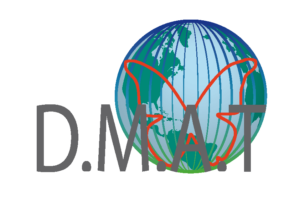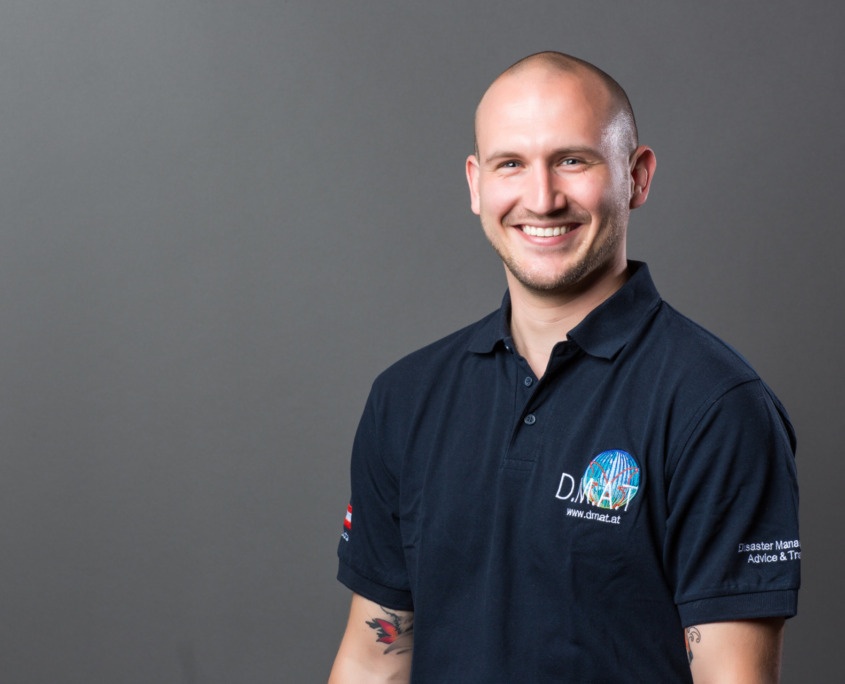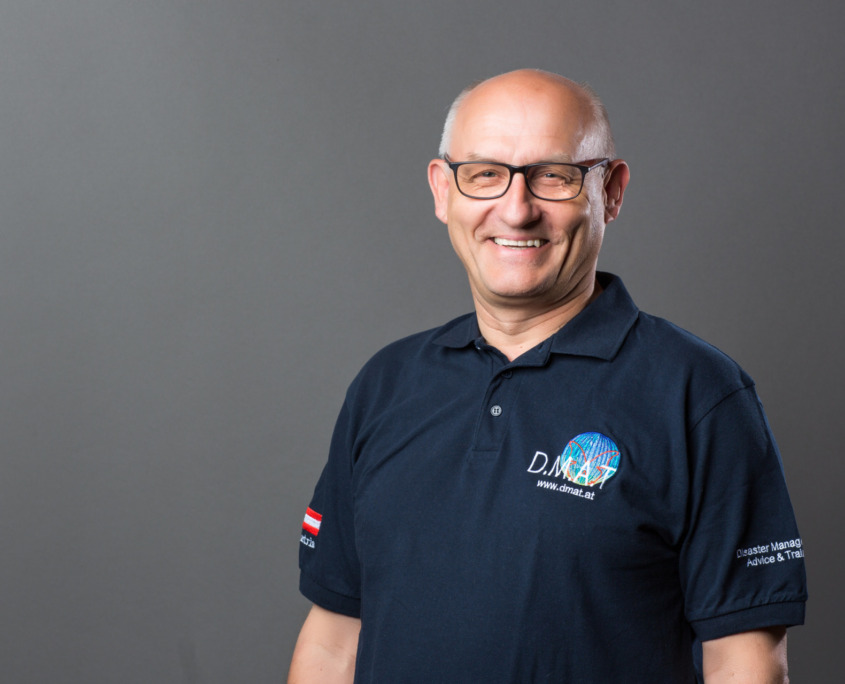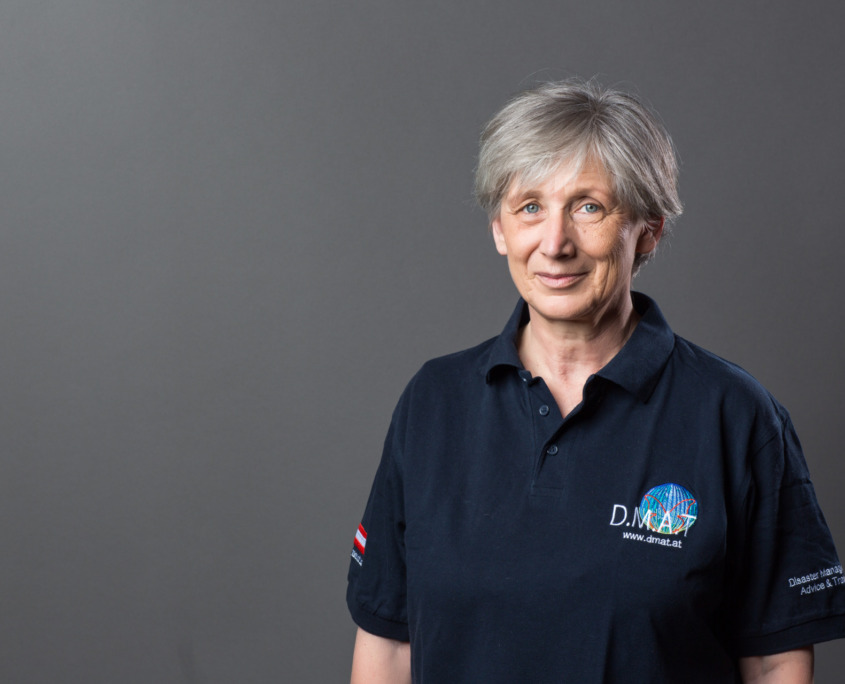Team and experts
About
Sebastian Hirschmugl, MSc
Sebastian Hirschmugl is since 2025 the commercial managing director of DMAT and has been an integral part of the DMAT team since 2014. Within the company, he has been responsible for project management in EU research projects, in the area of EU Prevention and Preparedness, and other training projects, and was responsible for office management and the back office, particularly IT administration and data protection.
He completed his apprenticeship as an office clerk in management consulting miraconsult e.U. abgeschlossen.
Risk management, disaster protection, economy and education
Sebastian Hirschmugl not only combines knowledge from the fields of fire service, the EU Civil Protection Mechanism, and his master’s degree in “Risk Prevention and Disaster Management,” he is also a certified risk manager and certified specialist trainer in adult education. He further rounds out this combination with his many years of experience as a state-certified management consultant, along with knowledge from the management consulting and business sectors.
Sound knowledge through extensive operational experience
Sebastian gained experience in the field of disaster management in the Lieboch Volunteer Fire Department, where he has been an active member since 2004 and also participated in the youth fire department since 1999. Within the fire department, he has continued his training in a wide variety of areas over the years, completing courses up to the level of fire commander. He has also completed a wide variety of courses in EU Civil Protection Mechanism and has been ready for deployment within the EU Civil Protection Mechanism since 2019.
Sebastian completed his master’s degree in “Risk Prevention and Disaster Management” at the University of Vienna in the winter semester of 2018 and wrote his master’s thesis “Blackout and Crisis Communication” during his studies.
To read the full master thesis, please click here
Master’s program Foreword
Until a few years ago, the term “blackout” was rarely heard, or rather only in specialist circles. While there are now brochures, leaflets, and other materials addressing this topic, the distinction between a blackout and a power outage is still not widely understood among the general public.
In the event of a blackout, as with any other event, efforts are made to resolve the situation as quickly as possible while simultaneously informing the public about the incident and any necessary measures. However, in a blackout, communication is particularly difficult due to the failure of “traditional” means of communication. This raises the question for me about the current provision of adequate preparedness and training for those potentially affected, and to what extent crisis communication already addresses the fact that traditional means of communication are only available to a limited extent during a blackout.
Sebastian’s goal is to prevent disasters as best as possible, to strengthen resilience, and to provide the best possible support in dealing with disaster damage.



